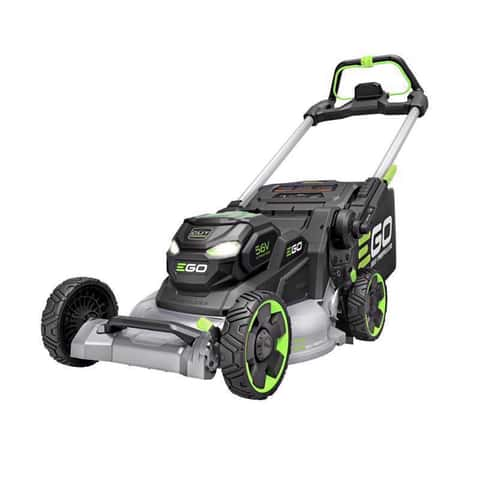Knowing when your child is ready to leave the high chair is an important milestone that signals growth and greater independence. While every child develops at their own pace, there are several key signs that can help guide your decision. Typically, children begin transitioning out of the high chair between 18 months and 3 years old, depending on their physical ability, maturity, and interest in joining the family at the table. One of the first indicators is your child’s physical readiness. If they can sit up straight for an entire meal without slouching or needing extra support, it shows that their core strength and posture have improved enough to handle a standard chair. Another clear sign is if your child starts trying to climb out of the high chair on their own or shows resistance to being placed in it this behavior usually reflects a desire for more autonomy and a growing interest in doing what big kids or adults do.
Behavioral readiness is equally important. Many parents wonder when to stop using high chair and begin to notice signs such as their child’s ability to follow simple instructions, stay seated for most of the meal, and feed themselves with minimal mess. When these milestones are met, your child is likely mature enough to handle a regular chair or a booster seat at the dining table. This shift can also be encouraged by involving your child in mealtime routines, such as helping set the table or choosing where they want to sit. Making the transition a fun and positive experience will boost their confidence and make them feel like an important part of the family gathering. It is also a good time to teach table manners, as your child becomes more observant and eager to mimic your actions. Parents should also take into account the child’s size and comfort. If your child’s legs dangle far above the floor or they seem uncomfortable in the high chair, it might be time to consider a booster seat or a child-sized chair that allows them to eat at table height safely.
Safety should always come first; ensure that any new seating arrangement has proper back support and a stable base to prevent falls. The transition doesn’t need to be sudden. It is perfectly fine to alternate between the high chair and a booster seat while your child adjusts. Ultimately, the decision to leave the high chair should be based on your child’s individual readiness rather than a set age. Celebrate this step forward with encouragement and patience. As they grow more capable and confident in their new seat, they will enjoy the sense of inclusion and independence that comes with sitting at the table with everyone else. Riverbaby thoughtfully designed toddler seating solutions support this stage with comfort, safety, and style, helping families navigate transitions with ease. By watching for the right signs and providing a supportive environment, you can make this transition smooth, safe, and empowering for your little one.







 Yet, beyond its aesthetic brilliance, a diamond ring carries a profound symbolism of commitment. Just as the diamond is forged under intense pressure over time, relationships are tested and strengthened by the challenges they face. A diamond’s endurance and purity parallel the enduring nature of love, proving that even the harshest circumstances cannot dim the light of true affection. The act of placing a diamond ring on a finger signifies a pledge to weather life’s storms together, emerging unscathed and even more radiant. In the realm of proposals, a diamond ring is the vessel that encapsulates the transformative magic of that pivotal moment. When one soul gathers the courage to ask another to embark on a lifelong journey together, the
Yet, beyond its aesthetic brilliance, a diamond ring carries a profound symbolism of commitment. Just as the diamond is forged under intense pressure over time, relationships are tested and strengthened by the challenges they face. A diamond’s endurance and purity parallel the enduring nature of love, proving that even the harshest circumstances cannot dim the light of true affection. The act of placing a diamond ring on a finger signifies a pledge to weather life’s storms together, emerging unscathed and even more radiant. In the realm of proposals, a diamond ring is the vessel that encapsulates the transformative magic of that pivotal moment. When one soul gathers the courage to ask another to embark on a lifelong journey together, the 


